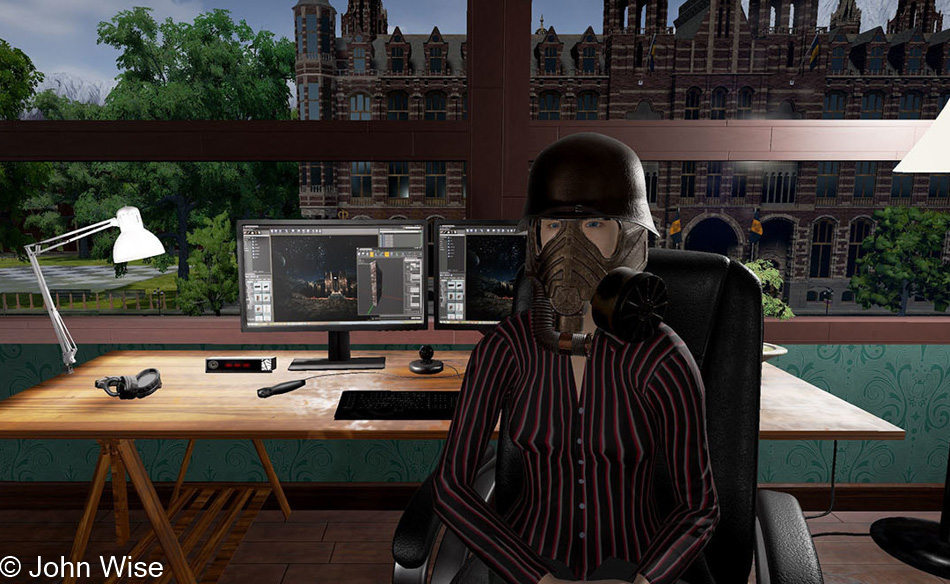
We here at Timefire made a choice more than a year ago to use Blender as our primary 3D modeling tool, thanks in large part to Jonathan Williamson. Jonathan came to my mind yesterday because of an article he wrote on Medium titled “The Blender Community Would Benefit from More Business,” where he was calling for other creative professionals to bring Blender into their pipeline. I first met Jonathan at SIGGRAPH 2012 in Los Angeles, where he was supporting the Blender Foundation by demoing the software. The developers had recently integrated sculpting into the package, and I was amazed at just how solid Blender had become. I liked it so much that I went home and tried it out again for the first time in more than ten years.
Jonathan’s impact didn’t stop there as he had also given me his card that pointed out that he was the Education Director at his company BlenderCookie, a.k.a. CGCookie. Their website was loaded with the best Blender tutorials I’d ever come across. It wasn’t long after that when things got going for virtual reality. It was becoming apparent I was going to join the renewed push for VR and that it just might make it big this time.
When starting up a small company outside of the California epicenter of tech innovation, entrepreneurs are often held back by a severe restriction on resources, or they’re smart enough to know where to save money so they can better invest in human capital! Imagining I might grow to a dozen developers and thinking that the majority would have to have some familiarity with 3D software, I could either budget $38,500 for Autodesk tools or I could use Blender, which is FREE.
New hires groaned. They had learned Maya or 3DS Max in college. I gave them a choice: stay in your barista/tech support/call center job or watch some of these tutorials and see if you can learn Blender. I reassured them that Blender was the least of their worries since I’d also be asking them to learn Unreal Engine, 3D-Coat, Substance Designer and Painter, maybe some coding, a bit of acting, or whatever other work that would come along in order for us to build a virtual world.
So far our relationship with Blender has mostly worked out great, and usually, if we find something missing or not functioning just so, we can interact with the developers to see a solution in the next release or add-on. Speaking of, an international community of Blender volunteers cranks out some fantastic add-ons such as Jonathan’s own Retopoflow, Jacques Lucke with Animation Nodes, Nikitron with Sverchok, BoolTool from Vitorbalbio, and most recently, Tissue by Alessandro Zomparelli. From Russia to Brazil and Kansas to Italy, there are people from around the world who are helping to make Blender better every day.
We are one of the companies using this powerful tool known as Blender. It’s responsible for all the models in the image above. Sure, it was at times difficult to get our animations into Unreal, the implementation of FBX can make you curse like a pirate, and learning all the new shortcuts can initially hamper productivity, but through it all, we are building our virtual city of Hypatia with one of the greatest pieces of free software that can empower anyone to build VR. Special thanks to Ton Roosendaal because he’s the guy who saved Blender from disappearing to Campbell Barton, who is apparently a code magician, and to Bastien Montagne, Dalai Felinto, Joshua Leung, Antony Riakiotakis, Jonathan Williamson, Sergey Sharybin, and everyone else who are all helping to make Blender the professional tool it’s becoming.